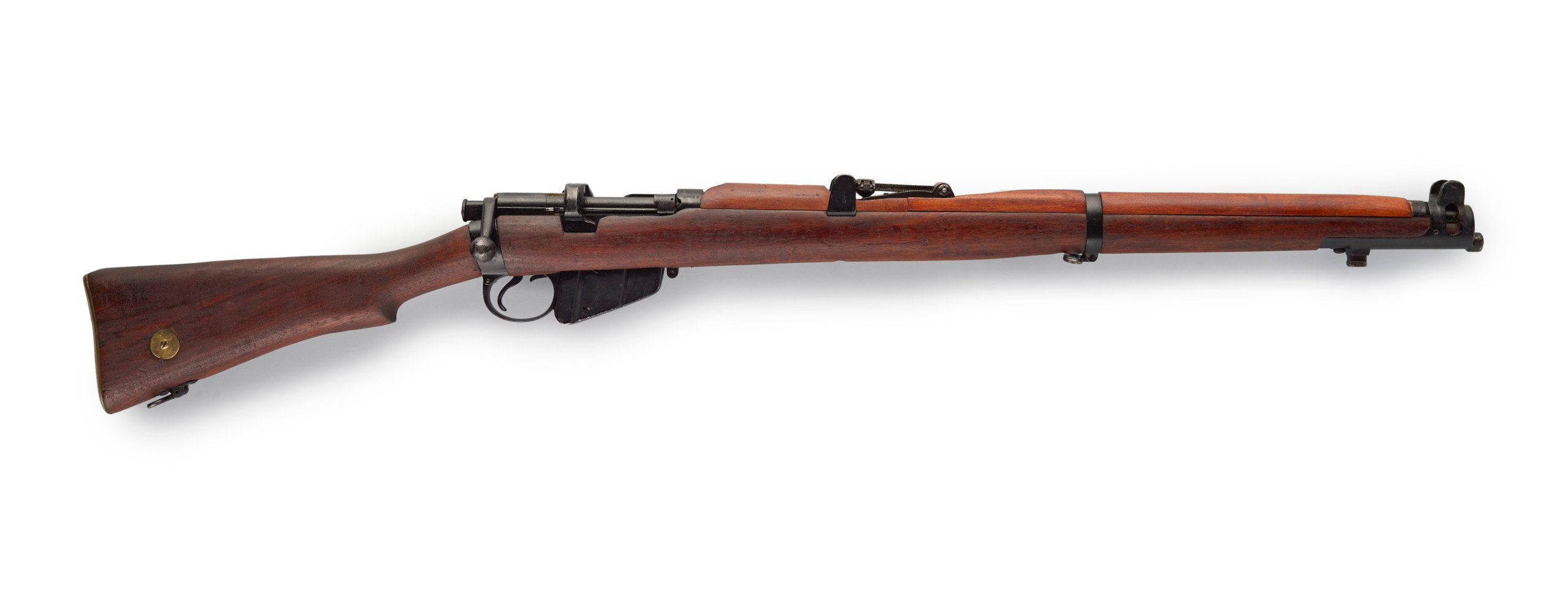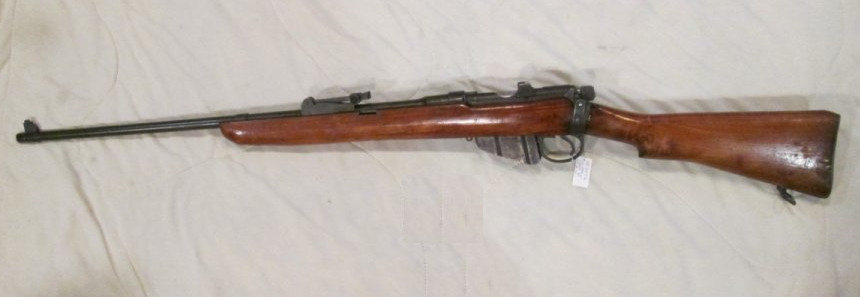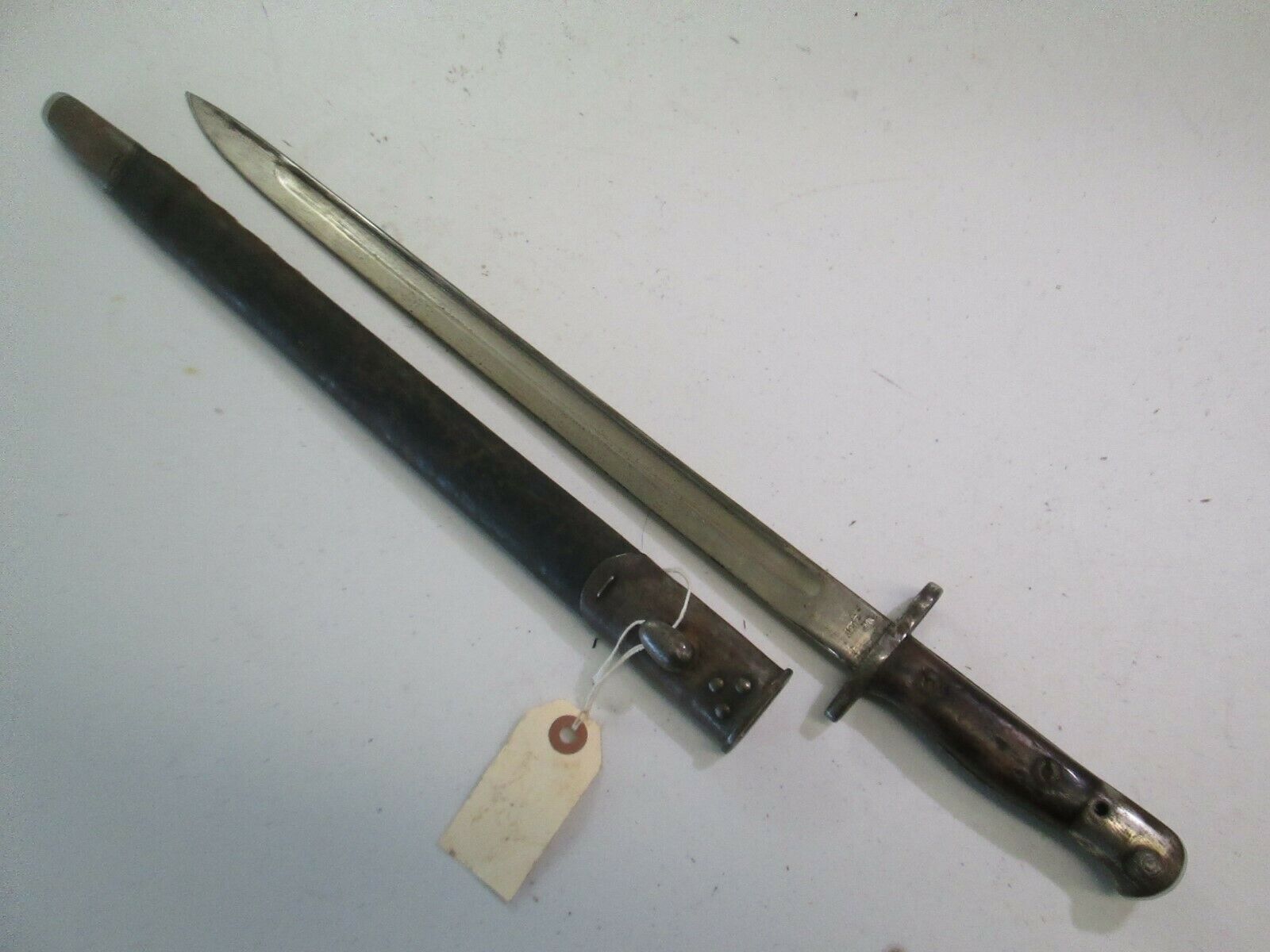
Rifle, Short Magazine Lee-Enfield Mk III* (SMLE), 1915, England, by BSA. Gift of the New Zealand Army, 1964. CC BY-NC-SA 4.0. Te Papa (DM000426)
Last year, I bought a .303 sporter rifle online through Gunpost - a model SMLE III* made in 1916.

I knew little about these (or any) historic rifles at the time. I was merely trying to get a rifle in a suitable hunting calibre for as little cash up front as I could. Subsequently I read everything I could find about this and other early rifles of the modern era (smokeless powder), and I discovered the excellent Youtube channel - C&RSenal, presented by Othais and Mae. They are (still) presenting every World War I small arm in meticulous detail - the history, design, function and actual shooting of each and every one. A huge undertaking, and one which is made all the more impressive by their attention to detail, yet humourous approach (where appropriate) to the subject.
And of course the fabulous period stylings of British Muzzleloaders.

One of the first things I discovered was that in the process of sporterising, my rifle had its stock cut down to what we think of today as the classic wooden stock configuration of the “hunting rifle”. Originally the stock of every main battle rifle ran most if not all the way down the rifle to the end of the barrel, and was applied also to the top of the barrel. In large part, the purpose was to protect the soldier’s hands from the heat of the barrel as it was used, so the soldier could afix and use the bayonet. More importantly (to me) is the fact that the forestock was also an essential ‘as designed’ part of the barrel support. The thin, whippy barrel of the SMLE was designed to be supported at points along its length. It’s accuracy was predicated on following the “as designed” stocking up practice. Other common modifications include shortening the barrel (done to many P14 and Ross rifles), afixing various modern sights, replacing butt-stocks with “monte-carlo” designs etc.
Luckily, my SMLE was not shortened. It’s receiver, barrel and bolt have matching serial numbers, and the various markings indicate that it was refurbished perhaps in 1962, and the bolt-head was updated - probably to accomodate some higher velocity bullet. I have done some target shooting with it, and it holds to about 4” at 100 yards in its sporterised configuration. I had searched around online for possible original stocks for it, but I had not been able to find any suitable ones.
Recently, I was browsing the listings on gunpost.ca, when I saw an intriguing listing - a gentleman in Canada was making replica stock sets for the SMLE! I contacted him, and got some more details. For $350 I could get the bare “furniture”, and for 425 I would get that plus a set of all the various steel parts - screws, nosepiece, swivels etc. that I would need. After a couple of days of trying to talk myself out of it - I gave in to temptation and placed the order for the full set. I discovered to my amazement that it was shipping from Faro in the Yukon - an ex-mining town with a population of about 350. I tracked the parcel every couple of days as it wended its way across Canada - through Yellow Knife, Edmonton, Winnipeg, Cambridge, Stoney Creek, and finally to my place in Lowbanks.
Opening the parcel I discovered beautifully carved walnut parts, and two ziploc bags of metal bits. He had thrown in not only the parts as promised, but also a bunch of spare parts including a sear and spring, and extra washers and screws, a WW II vintage sling, and even a handful of .303 brass. Service above and beyond the call of duty indeed.
Wasting no time, the first weekend thereafter I set to work. On my way home on the Friday I stopped to get a set of sandpaper and a big screwdriver (for the butt-stock removal), and on Saturday after breakfast I set to work.
A lot of sanding, assembly, disassembly and more sanding proceeded. I learned every detail of my rifle’s components as I pored over the fit and finish of every one. By mid-afternoon I was ready for the finishing touches. Linseed oil and a light sanding (more coats to follow over the next few days).

Now I need to find a bayonet (pattern of 1907). I could get a reproduction or an antique. Antiques are going for around 150 in poor condition - perhaps another refurbishing project? Or a reproduction. That way I could get an early model - with quillion (but that was awkward for cavalry - and I would like to model cavalry since I have the perfect horse).

